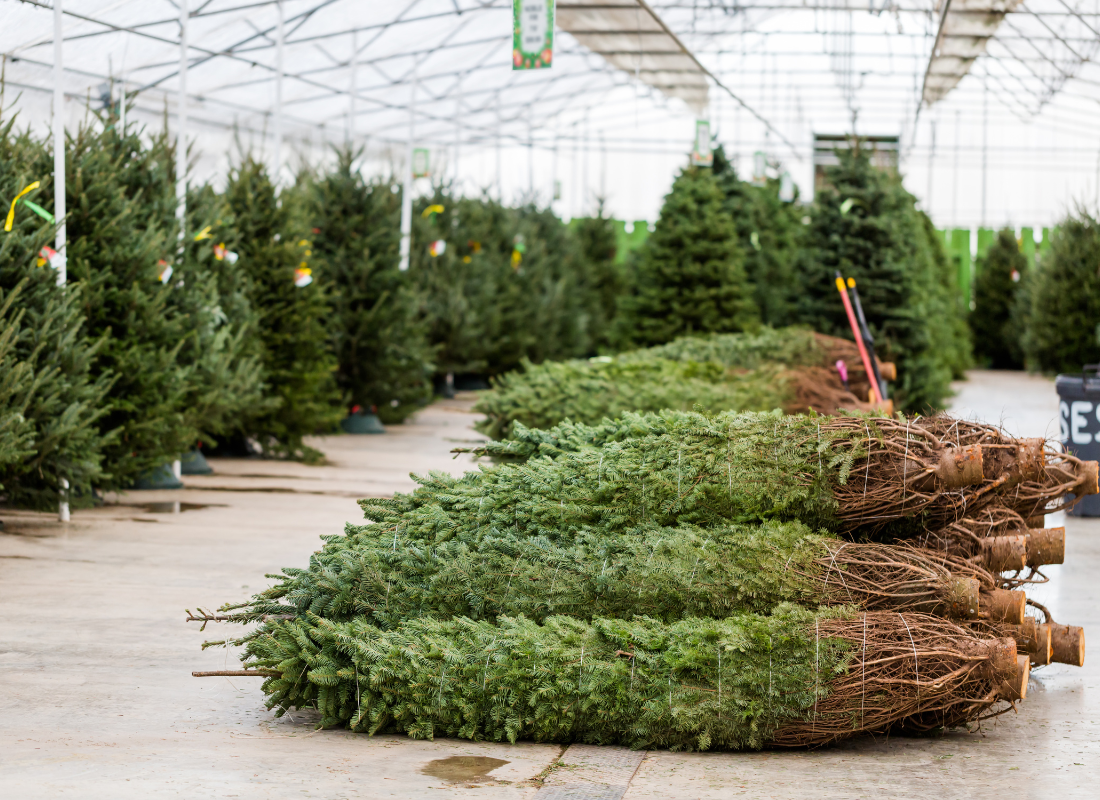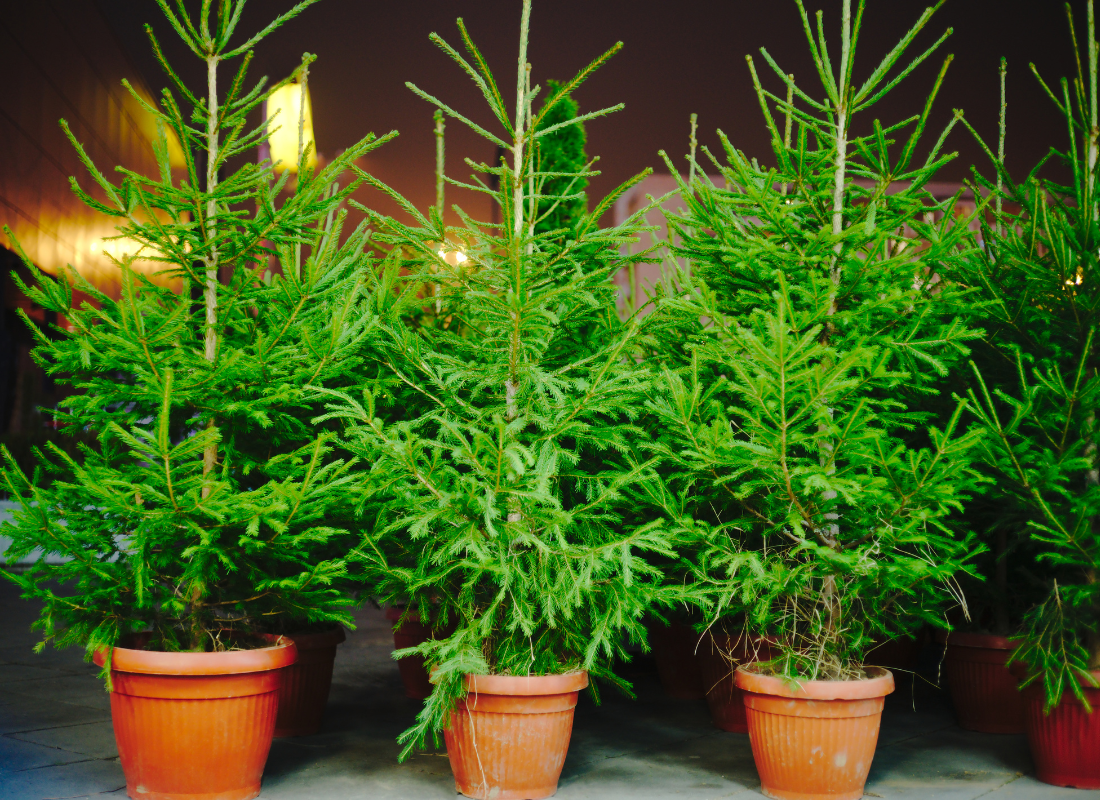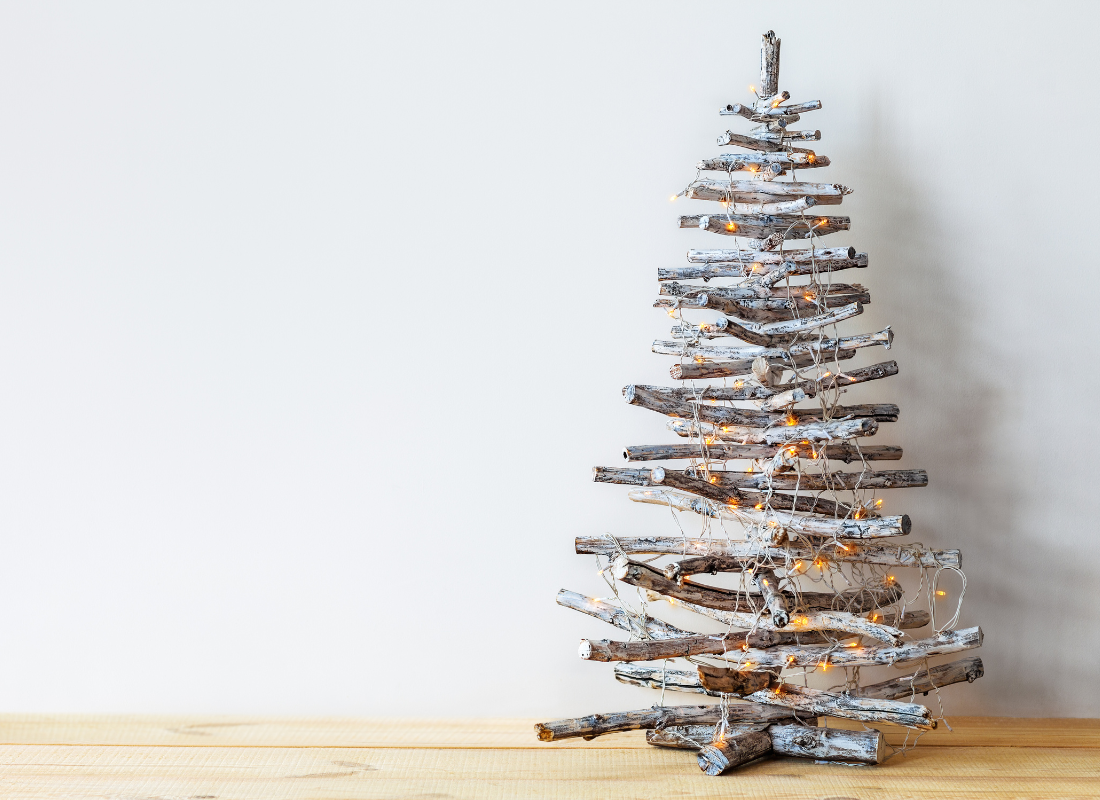
The Christmas tree is one of the most recognizable symbols of the holiday season. For centuries, families have gathered around decorated trees to celebrate the holidays. However, as environmental awareness grows, many people are reconsidering the ecological impact of this beloved tradition.
The environmental costs associated with traditional Christmas trees, whether natural or artificial, are significant. Fortunately, there are many eco-friendly alternatives that allow us to maintain the festive spirit without harming the planet. This article explores the environmental problems posed by traditional Christmas trees and offers sustainable alternatives to consider.
The Environmental Impact of Natural Christmas Trees
One of the primary environmental concerns with natural Christmas trees is their impact on land use. While many Christmas trees are grown on farms specifically for this purpose, the process still consumes large areas of land that could otherwise be used for wildlife habitats or food production.
Christmas tree farming requires a significant amount of water, pesticides, and fertilizers, which can harm local ecosystems. In some cases, trees are taken from forests, contributing to deforestation and the loss of biodiversity.
Many Christmas tree farms use pesticides, herbicides, and chemical fertilizers to ensure their trees grow quickly and look perfect for the market. These chemicals can leach into the soil and nearby water sources, harming wildlife and potentially contaminating drinking water. Over time, this kind of chemical use contributes to the decline in soil health and the pollution of local ecosystems.
Most Christmas trees are not grown locally. They are often transported over long distances from farms to markets, leading to significant carbon emissions. Trucks, planes, and other transportation methods contribute to greenhouse gases, which exacerbate global warming. Once the holiday season is over, many trees are discarded in landfills.
The Environmental Impact of Artificial Christmas Trees
Artificial trees are often marketed as a more sustainable option because they can be reused year after year. However, they come with their own set of environmental problems. Most artificial trees are made from polyvinyl chloride (PVC), a type of plastic that is both non-biodegradable and toxic to produce. The production of PVC involves the use of harmful chemicals, including lead, which can leach out of the tree over time, posing health risks to humans.
The manufacturing process of artificial trees is highly energy-intensive. Most of these trees are produced in factories in China, where coal is often the primary energy source. This leads to high carbon emissions during production. Once manufactured, the trees are shipped across the globe, further adding to their carbon footprint.
Studies have shown that you need to use an artificial tree for at least 7 to 20 years to offset its carbon footprint compared to a natural tree. In reality, many people replace their artificial trees every few years due to damage, changes in taste, or because the tree starts to look worn out. This leads to more waste, as artificial trees cannot be recycled and often end up in landfills where they will not decompose for hundreds of years.
Eco-Friendly Alternatives to Traditional Christmas Trees
As concerns about the environmental impact of Christmas trees grow, many people are seeking alternatives that are more sustainable. Here are some of the best options:
Potted or Live Trees
One of the most eco-friendly options is to buy a live, potted tree that can be planted after the holidays. This way, you’re not just reducing waste—you’re actually contributing to reforestation. Many nurseries offer a variety of evergreen species that thrive in different climates, so you can select a tree that will grow well in your region.
After Christmas, you can plant the tree in your yard or donate it to a local park or community garden. Over time, this tree will continue to absorb carbon dioxide, provide habitat for wildlife, and contribute to biodiversity.
Some companies now offer Christmas tree rental services. These programs provide you with a live, potted tree for the holiday season, which is then returned to the farm or nursery after Christmas. The tree continues to grow and is rented out again the following year.
DIY or Handmade Trees
If you’re feeling creative, another option is to make your own Christmas tree from recycled or natural materials. Some people construct trees out of driftwood, recycled cardboard, or even stacks of books. These DIY trees can be just as festive as traditional ones, and they allow you to reduce waste and avoid the use of plastic. Handmade trees can also become a family tradition, with each year offering a new opportunity for creativity and innovation.
Reusable Fabric or Metal Trees
Another sustainable alternative is to invest in a reusable tree made from materials like metal or fabric. These trees often have a modern, artistic design and can be used year after year without the environmental damage caused by artificial trees. Many companies now offer eco-friendly, reusable Christmas trees made from sustainable materials that can be disassembled and stored away after the holidays.
 (Source: https://www.lucys.net/sustainable-christmas-tree-ideas/)
(Source: https://www.lucys.net/sustainable-christmas-tree-ideas/)
Conclusion
The traditional Christmas tree, whether natural or artificial, comes with a significant environmental cost. From deforestation and chemical use to carbon emissions and landfill waste, the impact of these trees is far from sustainable. However, by choosing alternatives, we can still enjoy the festive spirit while reducing our ecological footprint.
As we become more aware of the need to protect our planet, it’s essential to make informed choices during the holiday season. By opting for more sustainable Christmas tree alternatives, we can celebrate in a way that is both joyful and environmentally responsible.










